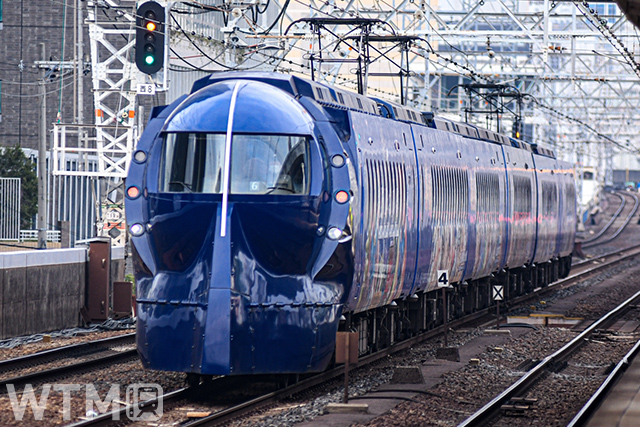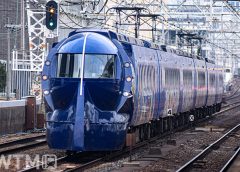Nankai Electric Railway will revise the Nankai Line schedule on October 21, 2023 (Sat), restoring the transportation capacity of the Airport Line including the limited express “rapi:t” to the same level as 2019 before the COVID-19 pandemic to correspond increasing passengers.

Foreign tourists visiting Japan increasing
The airport limited express rapi:t with all reserved seats used to run 66 times a day in each direction between Namba and Kansai Airport Stations. However, due to the decline in air passenger usage due to the spread of the COVID-19, some train services were suspended from April 24, 2020. At the time, the weekday services has been reduced by almost half to 32, and the weekend and holiday services by approximately 70% to 18.
Best Things To Do In Kyoto – Tours and Activities – KKday
In line with the timetable revision carried out on May 22, 2021, some of the suspended trains have resumed service, but the number of trains during the daytime has been changed from 2 to 1 per hour, and the number of services a day has been reduced to 48. After that, the suspension measures were gradually lifted in response to the increasing number of airport users, and with the increase in services in the morning hours implemented in February 2023, 54 trains are currently running per day.
According to Nankai, with the relaxation of border measures introduced by Japan Government in October 2022, the use of airport users, mainly by foreign tourists, has gradually recovered, and continued recovery is expected in the future. In this timetable correction, by increasing the number of rapi:t services by 12 per day both on weekdays, weekends and holidays, the 66-train-services a day will return for the first time in about three and a half years. The frequency of operation will also return to two trains per hour throughout the day.
The number of Airport Express trains, non-reserved-seat trains on the Airport Line, will remain the same after the revision, but the number of cars in some trains will be increased from 6 to 8 cars to accommodate increased demand.
(See the chart below for details such as changes in the number of limited express “rapi:t” and Airport Express, the Tanagawa Line transportation system before and after timetable correction.)
![[Chart] Changes in the number of limited express "rapi:t" and Airport Express, the Tanagawa Line transportation system before and after timetable correction](https://en.wtmnews.net/wp-content/uploads/sites/3/2023/09/ea7b3112ef090d74016a3a27707cfb62-840x840.png)
One branch line loses 40% of its trains
This time, the number of trains running on the Tanagawa Line, one of the branch lines, will be significantly reduced. Currently, there are 46 round trips on weekdays and 37 on weekends and holidays for the 2.6 km stretch between Misakikoen and Tanagawa Stations, but after the timetable correction, Only 26 round trips on weekdays and 23 on weekends will remains with reducing roughly 40% operations. The times of the first and last trains will also be reconsidered in each direction on the line.
All of these will be reviewed based on current usage conditions. The Tanagawa Line used to be a part of wide-area transportation, with operating direct trains such as the “Awaji-go” Express, but more than 30 years have passed since regular ferry routes to Awaji Island and Tokushima were discontinued from Fuke Port along this route. The average number of passengers per day at all three stations on Tanagawa line (Fukecho, Fukeko and Tanagawa Stations) is less than 1,000.
It would be best if we could strengthen the Airport Line with a net increase, which is doing well and has potential for growth, but the current situation is that they also have to simultaneously reduce services on branch lines with low traffic. This clearly shows the unstable factors faced by railway operators in Japan who have been affected by the pandemic.
Other changes to the timetable include extending the operating section of a weekday express train bound for Namba Station that departs from Wakayamashi Station at 7:41 p.m., and changing the starting station to Wakayamako Station. There will be no changes to the timetables for the Kada Line and the Takashihama Line, where substitute bus transportation has been provided since May 2021.



 [JR Pass] Japan Takayama-Hokuriku Area Tourist Pass including the Hokuriku Shinkansen bullet trains and buses to Shirakawago (Delivery to Multiple Countries) (Ad by KKday)
[JR Pass] Japan Takayama-Hokuriku Area Tourist Pass including the Hokuriku Shinkansen bullet trains and buses to Shirakawago (Delivery to Multiple Countries) (Ad by KKday)



